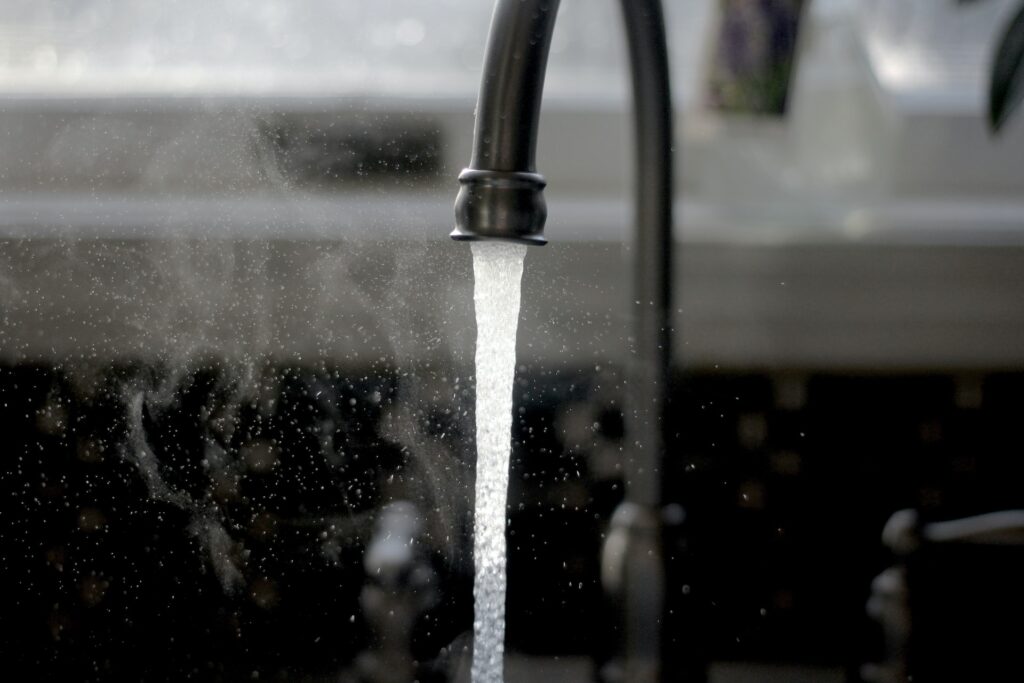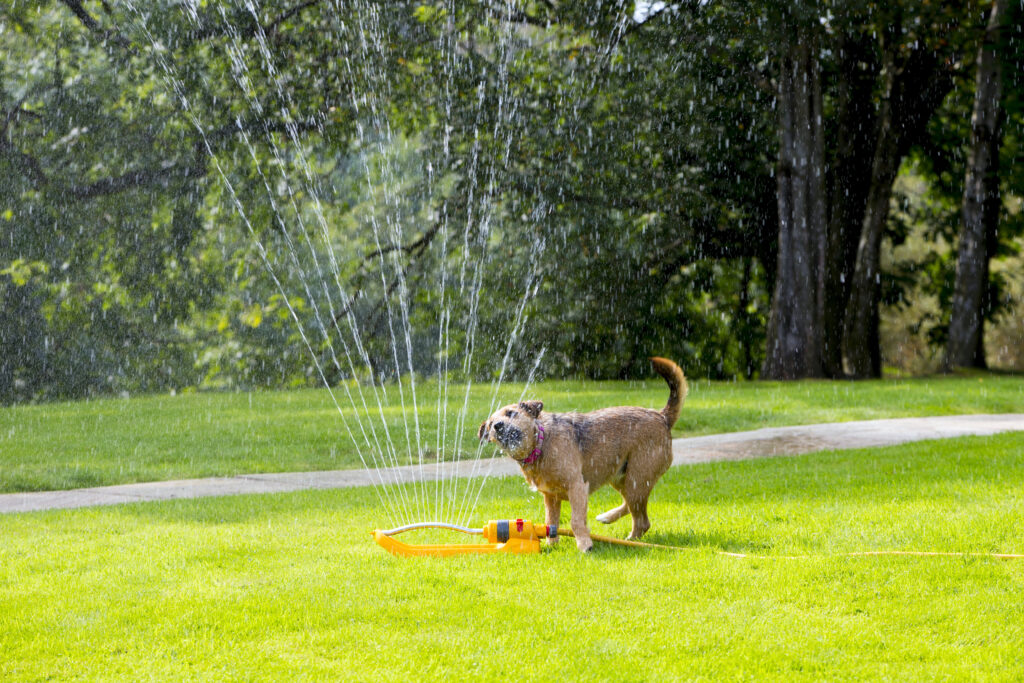Prior to World War II, lead was used for the service line connection between a house or building and the utility water main, however, without proper management, lead exposure can be a health concern.

NAWC member companies have a stronger record of delivering high-quality water that meets or exceeds federal standards than government-run systems.
NAWC member companies work 24/7, year-round to ensure American households, businesses, schools and hospitals have water service that is clean, safe and reliable.
NAWC member companies are committed to providing this critical service while offering full transparency to their customers. Check your water company’s website for more information.
Per- and Polyfluorinated Substances (PFAS), also known as ‘forever chemicals,’ are chemicals that break down slowly over time and are widely used in everyday items.
Learn how NAWC members, who do not create or produce PFAS chemicals or use them in water or wastewater treatment processes, are protecting communities across the nation from the dangers posed by PFAS.
Liability of Government-Run Systems
Americans per year drink water that violates health-based water quality standards, disproportionately impacting communities of color and rural Americans, according to the Proceedings of the National Academy of Sciences (PNAS) data
Lower likelihood of water quality violations among NAWC member companies, compared to government-run systems, according to American Journal of Political Science data
Prior to World War II, lead was used for the service line connection between a house or building and the utility water main, however, without proper management, lead exposure can be a health concern.

The Environmental Protection Agency (EPA) passed the Lead and Copper Rule (LCR) in the early 1990s, which set requirements for drinking water utilities to collect samples from a representative number of households on a periodic basis to assess the level of lead present at customer taps. The complexity of the issue has made the EPA revise the LCR several times. Currently, the EPA intends to require water utilities to remove all lead pipes by mid October 2024.

Learn how NAWC member companies have been leading the charge for many years in testing water supplies for PFAS, developing best practices for addressing lead in drinking water systems and having an exceptional track record of delivering clean, safe water.

Regulated water systems are 24% less likely to incur health violations of the Safe Drinking Water Act (SDWA) than government-run utilities, according to American Journal of Political Science data.
